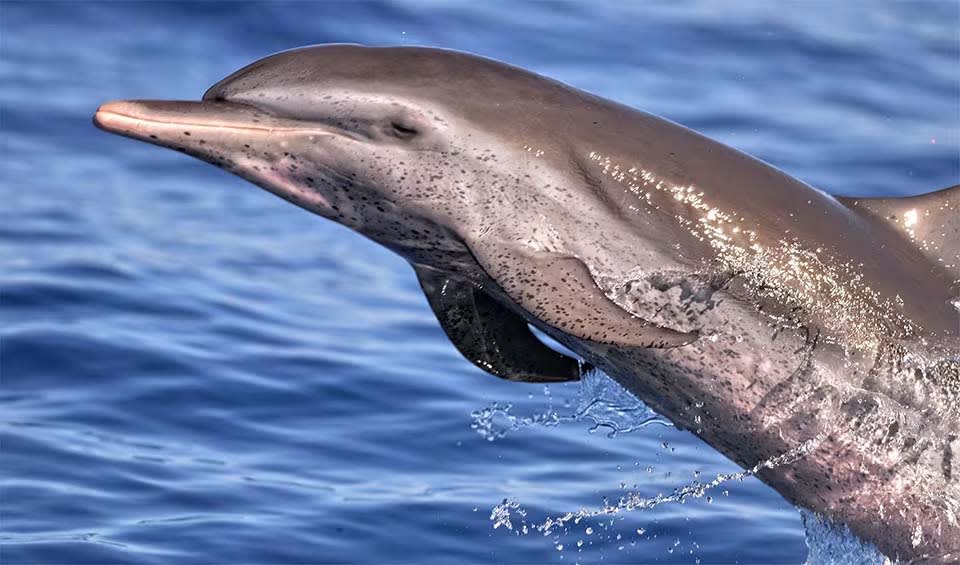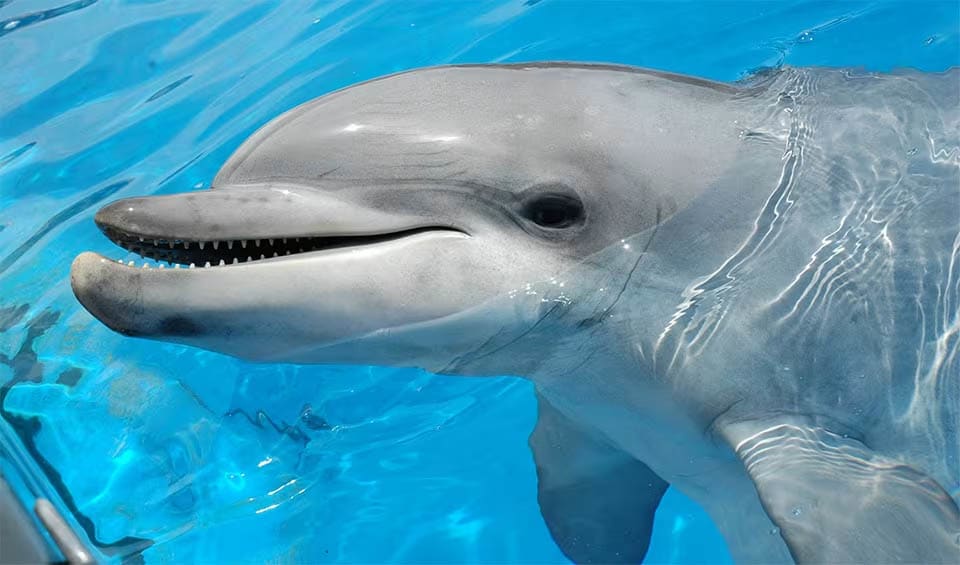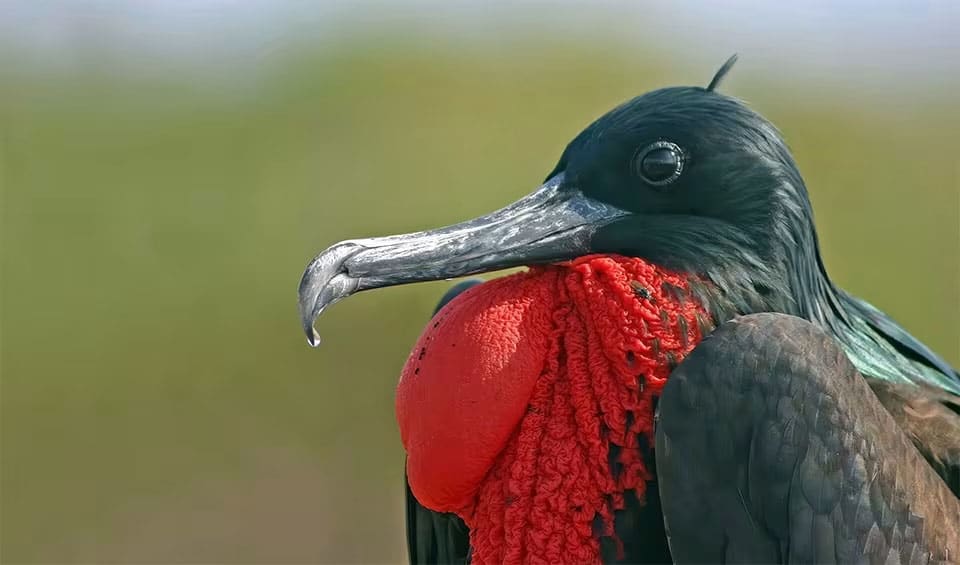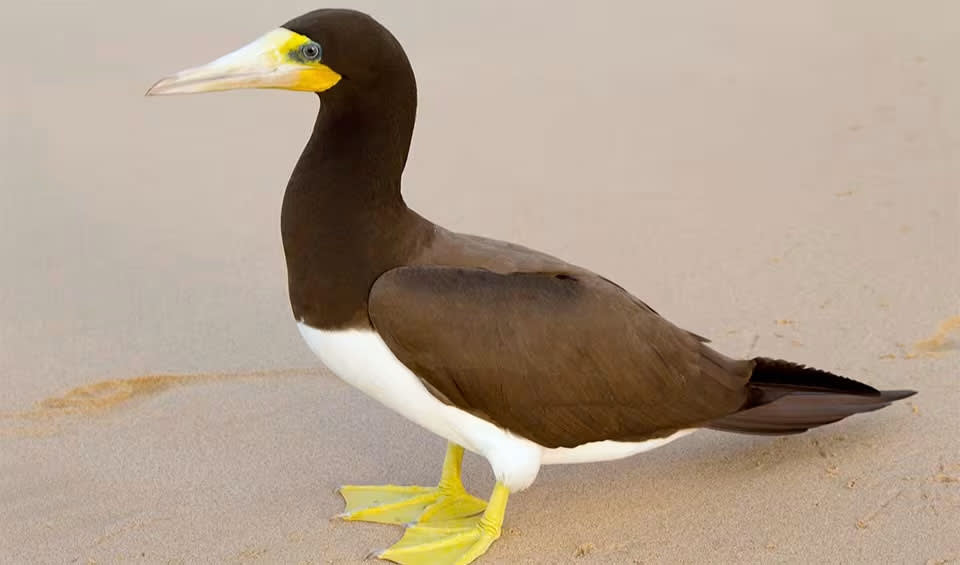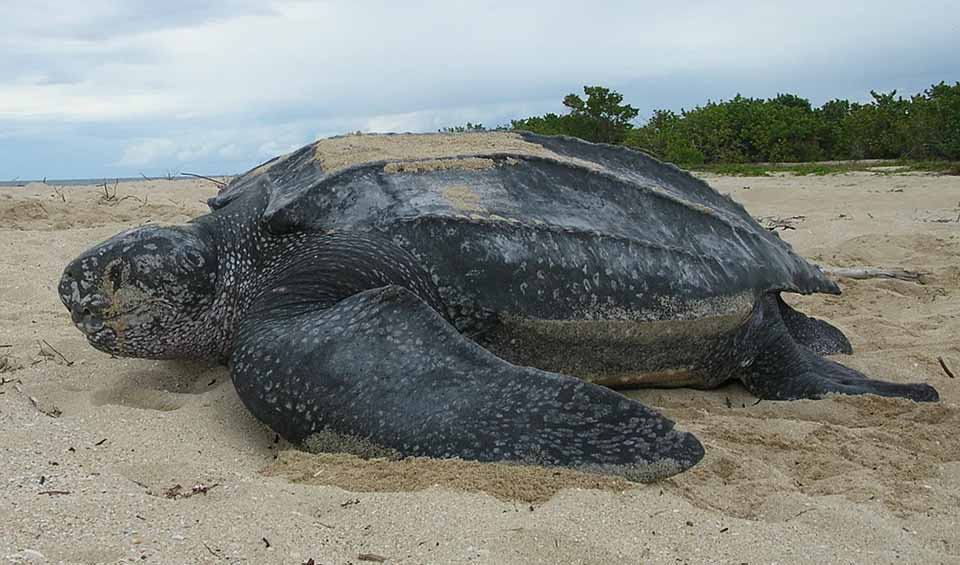Tonga, officially known as the Kingdom of Tonga, is an archipelago in the South Pacific Ocean, comprised of 169 islands, of which 36 are inhabited. This Polynesian country lies to the northeast of New Zealand, southeast of Fiji, and southwest of Samoa. Tonga’s islands are a mix of volcanic and coral origins, resulting in a diverse range of landscapes, from lush rainforests and fertile plains to stunning coral reefs and pristine beaches. With a population of around 100,000, the country’s culture is deeply rooted in Polynesian traditions, which blend harmoniously with its natural environment.
The main island, Tongatapu, is known for its fertile soil, making it an agricultural hub with coconut plantations, taro fields, and tropical gardens. The island also features stunning limestone cliffs and blowholes along its rugged coastline.
Four pillars elaborated:
Tonga has 32 established Marine Protected Areas (MPAs) and 9 MPAs that are not yet implemented. There is also one marine managed area. Together, these areas cover 390 km² (151 mi²), which is just 0.06% of Tonga’s Exclusive Economic Zone (EEZ) of 664,751 km² (256,662 mi²). Land Management
Land Management
Tongan waters are home to several endangered marine species, including the Humpback whale, which is recovering, and the vulnerable manta ray, both of which are important for tourism. Several marine parks and reserves have been created under the Park and Reserve Act. However, their success in conservation varies, and enforcement of the laws is generally weak.
Pressures on biodiversity include a lack of management plans for protecting endemic species, uncontrolled and illegal harvesting of resources, encroachment, invasive species, use of pesticides and fertilizers in agriculture, pollution, and eutrophication. Climate change has increased the frequency and intensity of natural disasters like cyclones and tsunamis. Commercial farming and heavy machinery also threaten forest conservation. Threats to Biodiversity
Threats to Biodiversity
Lagoons are particularly at risk from nutrients washing down from agricultural lands and expanding urban areas, which degrade mangrove strips. Unsustainable harvesting of mangroves for dyes, medicine, firewood, and building materials further threatens these critical areas. Additionally, there has been significant overfishing of inshore fisheries compared to a decade ago. Destructive fishing practices, such as dynamite fishing, fish poisoning, and illegal scuba and hookah diving, continue despite being banned under the Fisheries Management Act of 2002.
Tonga is part of two major GEF-supported projects aimed at conserving biodiversity and managing threats to it, under the Pacific Alliance for Sustainability. These projects, involving government agencies, NGOs, and the private sector, focus on island biodiversity and invasive species. As a result, Tonga has added 13 new Special Management Areas to the 13 existing ones since 2010 and funded 12 organically certified sites and various conservation projects. These efforts, supported by donor funds and partnerships, aim to make Tonga a key conservation hub in the region, with a regulatory framework being developed to support these initiatives. Capacity and Governance
Capacity and Governance
Tonga’s Biodiversity Plan 2030 aims to conserve and sustainably manage the nation’s rich biodiversity through a comprehensive strategy addressing various threats to ecosystems and species. Adopting a “Ridge to Reef” approach, the plan emphasizes the interconnectedness of ecosystems from mountain ridges to coral reefs, promoting sustainable management of land, water, and marine resources. Aligned with international commitments like the Sustainable Development Goals and the Convention on Biological Diversity, the plan seeks collaboration with regional and global partners to achieve its goals. Future Trends
Future Trends
Biodiversity
Tonga’s rich biodiversity, shaped by its varied landscapes and isolation, includes numerous endemic plant and animal species as well as diverse marine life. The islands feature tropical rainforests, coastal vegetation, and agricultural crops, with mangroves and coastal forests protecting shorelines and providing wildlife habitats. Tonga is a birdwatcher’s paradise, home to unique species like the Tongan megapode, Pacific pigeon, and friendly ground dove, as well as fruit bats vital for pollination and seed dispersal.Its marine biodiversity is particularly impressive, with vibrant coral reefs hosting colorful fish, sea turtles, and invertebrates. Additionally, Tonga is one of the few places where you can swim with humpback whales, which migrate from Antarctica to breed and give birth in its warm waters.
In the table below are the number of known species in several main groups, how many of these species are Threatened with extinction, and how many of them are Endemic (unique to Tonga only):
| Species (World rank) |
Threatened | % Threatened | Endemic | % Endemic | |
|---|---|---|---|---|---|
| Mammals | 22 (#198) | 2 | 9.1% | ||
| Birds | 51 (#203) | 5 | 9.8% | 3 | 5.9% |
| Reptiles | 30 (#143) | 5 | 16.7% | 7 | 6.7% |
| Amphibians | |||||
| Fishes | 1,143 (#30) | 22 | 1.9% | 8 | 0.7% |
| Plants | 1,020 (#176) | 5 | 0.5% |
mammals
Pantropical spotted dolphin
A champion swimmer and a social butterfly of the warm seas
Common bottlenose dolphin
Known for their acrobatic leaps, twisting and turning gracefully as they jump completely out of the water
birds
Wandering albatross
The humongous bird with the largest wing span of 3.5 m (11.5 ft) – seems straight out of a fantasy movie
Great frigatebird
These birds spend weeks in the air and hunt, preen and even sleep while in flight
Brown booby
An impressively acrobatic bird that can catch flying fish mid-jump
reptiles
Lau banded iguana
Unlike its ground-dwelling iguana cousins, it spends its days high above the forest floor
Leatherback sea turtle
The mysterious diver of the ocean is the largest and only sea turtle without a hard shell and scales
Yellow-bellied sea snake
The most widespread species of snakes on earth are found throughout the Indian and Pacific Oceans and from Africa to Central America
National Animals
Radiated tortoise
A Critically Endangered “rockstar” tortoise native to the land of Madagascar
Tongan megapode
They use heat from decomposing matter to keep their eggs warm, no sitting required!
